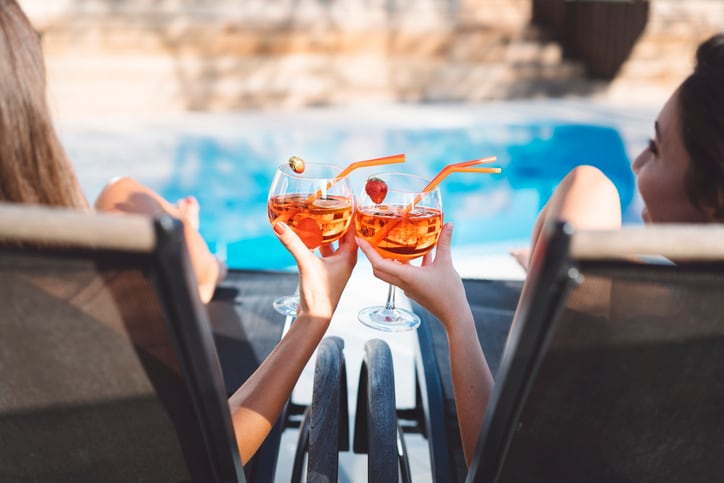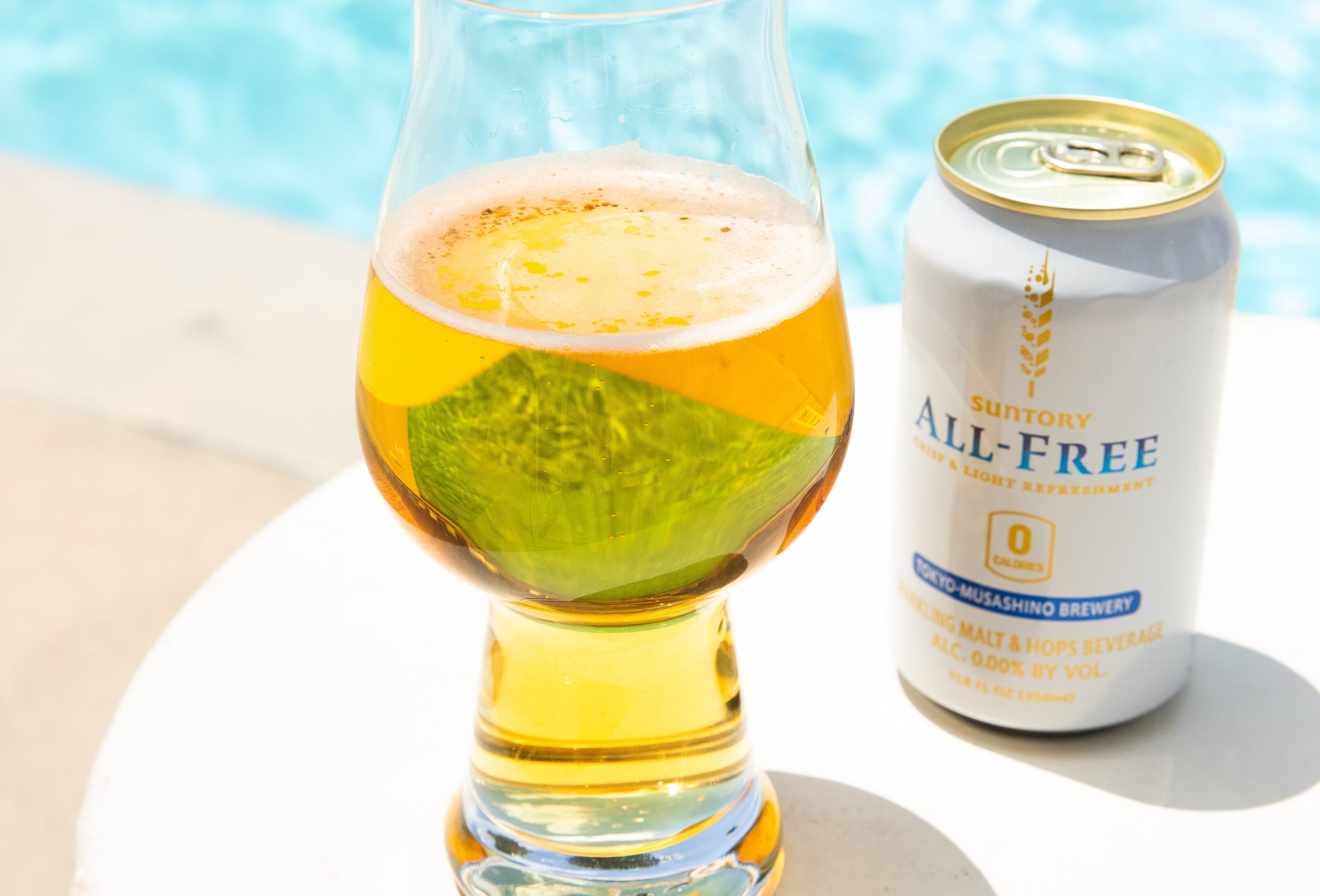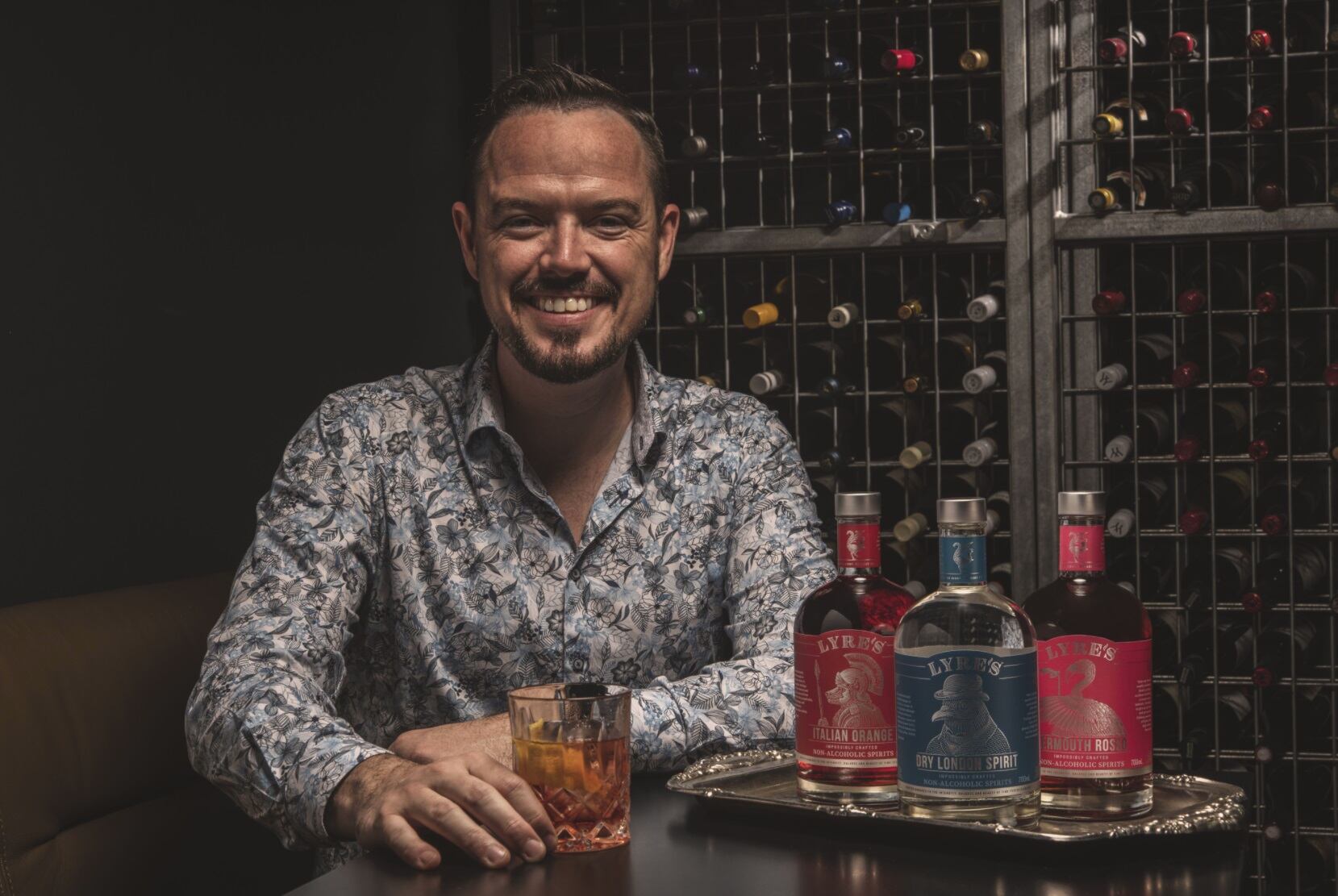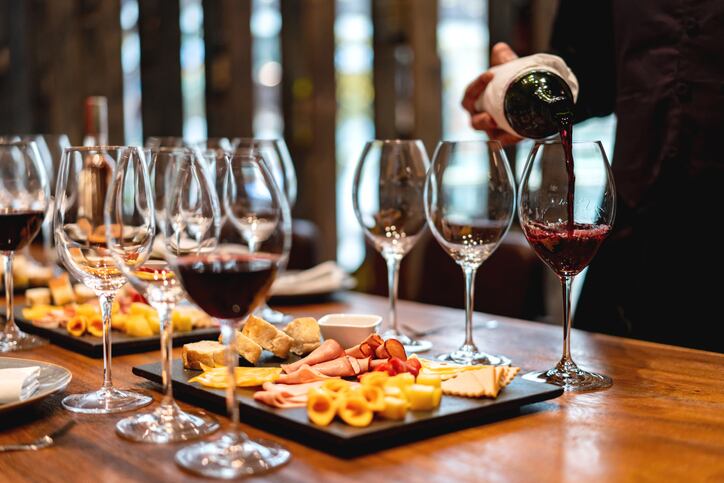Creating an engaging brand world is key to making a splash on shelves and beyond.
Here’s five things every zero and low alcohol brand should do to engage and delight their audience.
1. Start with a deep understanding of who your customer is
Motivations for choosing alcohol free vary dramatically from weight and functional health benefits to focus and staying in control.
Understanding the motivations of your consumer is key.
One thing I know very well from my experience in the brand and design world is that if your product offers a generic alternative to the experience of alcohol, you won’t be able to communicate the value proposition of your offering.
When you’re bold enough to know who your product is for – not teetotallers at large, per se, but regular travellers who can’t risk a hangover causing them to miss a red-eye flight, or music lovers who don’t want alcohol to blur their concert experience, or workaholics who want the ritual of a relaxing post-work-day drink without the comedown, or breastfeeding mums who still want a luxurious night out once in a while – then and only then can you communicate to that audience and craft a brand world that invites them in, and ultimately converts them into customers.
2. Use brand world to tie your brand into broader lifestyle trends
Regular alcohol brands repeatedly get this right. Because they understand their customer, they have a clear sense of who they are talking to – be that partiers, unwinders, food and drink-pairers, or someone else – and they create a brand world that speaks to the lifestyle of their ideal drinker.
Some zero and low alcohol brands, like Athletic Brewing Company, which leans into its ideal drinker’s sporty lifestyle, or TRIPP’s CBD-infused sodas have succeeded in understanding the lifestyle – or desired lifestyle – of their drinkers.
But generally speaking, low alcohol and zero alcohol brands have some ways to go before the category as a whole can match the likes of White Claw, Budweiser, or Jägermeister’s savvy for understanding their customer and showing up in the right places and moments in their lives.
3. Disrupt the default
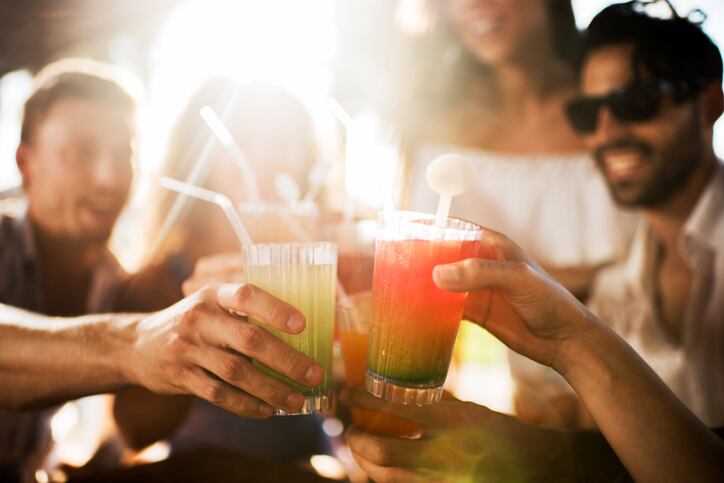
One thing that’s clear is that low and non-alcoholic brands need to work harder to gain traction in a traditionally alcoholic drinks space.
The choice of drink in a bar or in a social setting reflects on our aspirations as individuals. A critical challenge for no/low alcoholic drinks is to break the collective decision making that happens with alcoholic beverages.
That’s where an inviting, engaging, and specific brand world can help.
When you’ve shown your customer – and their wider social circle - what kind of experience they can have with your product, and when you’ve given them an option that represents both their choice to not drink and their desired lifestyle, you’ve handed them the power to make a choice for a less stigmatised and more rewarding experience.
4. Take inspiration from vice
Vice products have always been pros at crafting brand worlds that create a specific, engaging, and aspirational lifestyle: but they don’t actually have a monopoly on successful brand worlds.
Brands like Guinness and Camel have undeniably crafted engaging and desirable brand worlds that in many ways overshadow the experience of drinking or smoking themselves. Guinness drinkers come back to the brand not merely for the drink’s taste and alcoholic effects, but even more so for the brand’s character, for the lifestyle and experience that comes along with being a Guinness drinker. Camel is particularly adept at crafting the lifestyle aspect of being a Camel smoker, and often activates live experiential brand work to bring that vision to life.
Non-alcoholic and low alcohol brands have the same opportunity. Like Camel, once you understand your customer, you can show up in the places where they are. This may be the same places as vice brands, if you’re targeting customers who want the same associated lifestyle minus the vice, but you might also consider completely different places depending on who your customer is: health-minded stores, events, and communities, sporting events, cultural spaces.
The ways in which your brand world functions will also depend entirely on who you’re trying to reach.
Innocent drinks recently created an exceptional example of this – expanding its brand world to include its new Rewilding project, which connects the brand’s sustainability-minded customers with local rewilding campaigns. This extension of the world felt very much in line with everything the brand already does, but came with the addition of interactive digital features like games and puzzles to engage users, bring them more deeply into the world, and prompt them to take action.
5. View brand world as the thread connecting every touch point
For any brand – in the drinks space or otherwise – the most important elements of crafting a successful brand world that engages customers are connectivity and consistency.
The brand world, in other words, really does need to feel like a world – one which is constantly open for engagement at every turn. Every aspect of your brand needs to play a role in creating and sustaining that world – from packaging to social media to live experiential features and beyond.
Your non or low alcohol brand may have luxurious, aspirational packaging for instance, but if that isn’t carried through into other communications opportunities, drinkers won’t buy in to the lifestyle or world you’re selling them. You need those other touch points, and you need a thread thank links them firmly together.
Think of brand world as the connective tissue between every touch point at which customers connect to your brand. Every moment of exposure is an opportunity to step into the world, into the life, your brand has to offer.
Pictures: getty/zigaplahutar; getty/BraunS

